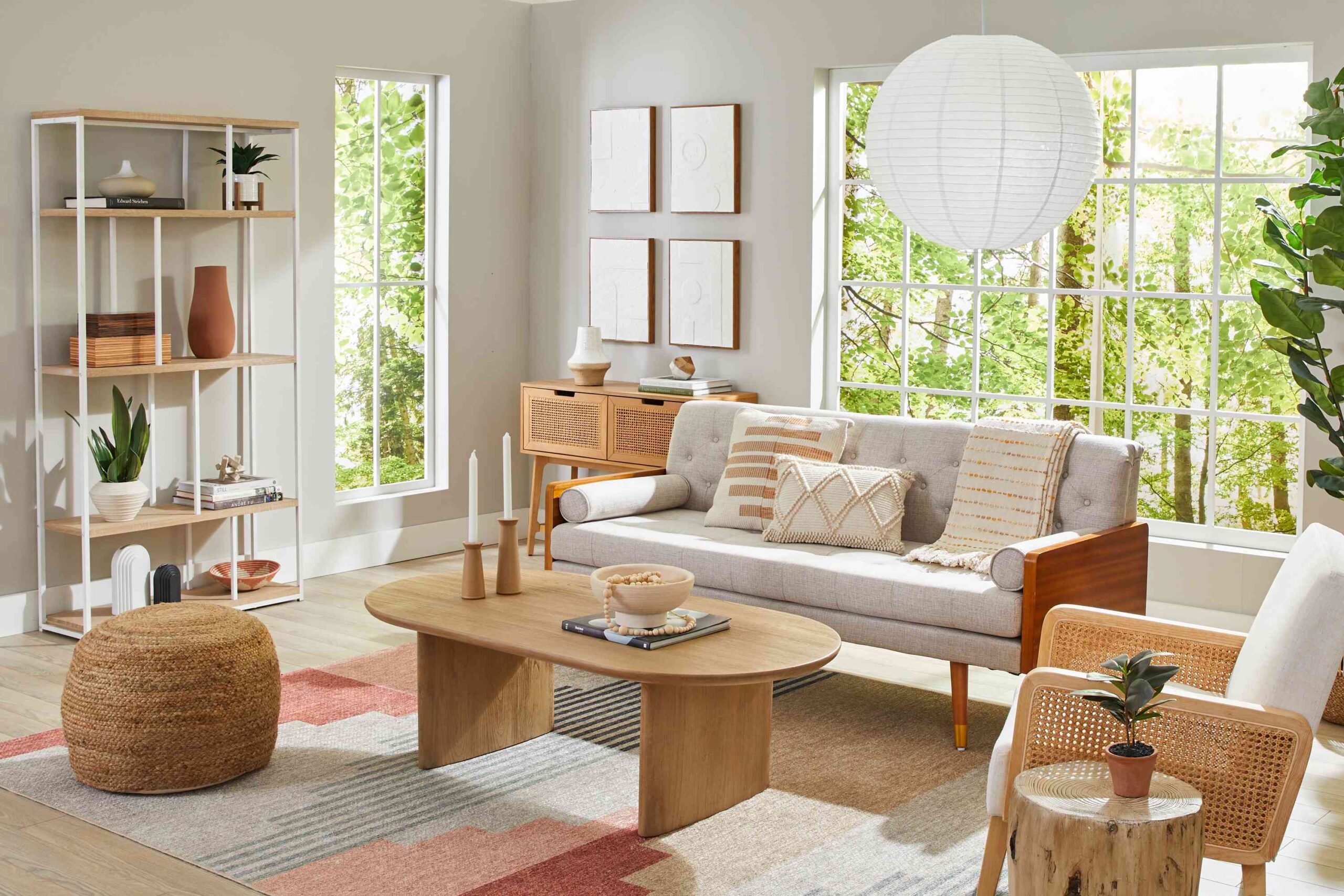Minimalism isn’t just a design trend — it’s a lifestyle that promotes simplicity, functionality, and peace of mind. When applied to home decor, minimalist style can transform any space into a calm, clean, and visually appealing environment. Whether you live in a small apartment or a large house, embracing minimalist principles helps create a space that feels open, intentional, and effortlessly stylish.
In this article, you’ll learn what minimalist decor really means, why it’s so effective, and how to apply it to your own home step by step.
What Is Minimalist Decor?
Minimalist home decor is based on the idea that “less is more.” It focuses on:
- Clean lines
- Neutral or monochromatic color schemes
- Functional furniture
- Open, uncluttered spaces
- Quality over quantity
It doesn’t mean your home has to be bare or boring — quite the opposite. Minimalism is about surrounding yourself only with what is essential, beautiful, or useful.
Benefits of Minimalist Home Decor
Before diving into how to create a minimalist space, here are a few reasons why this style is so popular and beneficial:
- Reduces clutter and stress: Fewer items mean fewer distractions and less visual noise.
- Easier to clean and maintain: With less stuff, there’s less to dust, organize, or fix.
- Highlights architectural features and key items: Minimalism draws attention to quality pieces and room structure.
- Creates a sense of peace and clarity: Clean, open spaces contribute to mental calmness.
- Timeless and versatile: Minimalist decor doesn’t go out of style and works in any home.
Step-by-Step Guide to Applying Minimalist Style at Home
1. Declutter Ruthlessly
Minimalism starts with eliminating excess. Go room by room and remove:
- Duplicates
- Items you haven’t used in the past year
- Décor that no longer matches your taste or purpose
- Anything that doesn’t spark joy or serve a function
Organize what’s left using closed storage — drawers, cabinets, or minimalist bins — to keep things out of sight.
2. Choose a Neutral Color Palette
A calm, neutral color scheme is the foundation of minimalist decor. Popular choices include:
- White
- Beige
- Light gray
- Soft taupe
- Muted pastels (as accents)
These tones reflect light, create a serene atmosphere, and make rooms feel more spacious.
You can still add subtle touches of color — think a single navy cushion, a green plant, or a textured throw blanket — to avoid the space feeling too cold or flat.
3. Invest in Functional, Quality Furniture
Minimalist furniture is often:
- Simple in design
- Made from natural materials like wood, leather, or metal
- Functional with hidden storage or multi-purpose uses
Avoid overly decorative pieces. Instead, focus on clean shapes, solid colors, and thoughtful details. Choose fewer, high-quality items over many cheap ones.
4. Embrace Open Space
Negative space — the area around and between furniture and objects — is a key element of minimalism. Avoid filling every corner or wall.
- Leave breathing room around furniture
- Avoid over-accessorizing shelves and surfaces
- Let natural light flow without heavy drapes or window clutter
This creates a feeling of openness, lightness, and freedom.
5. Use Texture to Add Warmth
A common myth about minimalist decor is that it feels cold or sterile. The secret to avoiding this is texture:
- Linen curtains
- Woven rugs
- Wood grains
- Concrete finishes
- Textured ceramics or matte metal lamps
These add depth and interest without the need for excessive items or color.
6. Limit Wall Art and Decor
In a minimalist home, wall art should be intentional and well-placed. Choose:
- One large piece per room, or
- A small collection of neutral-toned, coordinated frames
Keep other decor simple — a vase with one stem, a candle, or a sculptural piece on a shelf can be enough.
7. Keep Surfaces Clean
Flat surfaces — countertops, desks, coffee tables — should be mostly clear.
- Keep only daily-use items in sight
- Store other items in drawers or boxes
- Create habits to clean up surfaces at the end of each day
A clear space helps create a clear mind.
8. Bring in Natural Elements
To make your minimalist space feel more grounded and alive, incorporate:
- Houseplants (especially green, leafy ones)
- Wooden elements like trays or bowls
- Natural fibers like cotton, jute, or linen
Nature softens minimalism and connects your space with organic calm.
9. Use Lighting Strategically
Lighting is essential in minimalist design. Use a mix of:
- Natural light
- Warm-toned ambient lighting
- Floor and table lamps with simple designs
Avoid ornate fixtures; go for clean lines, geometric shapes, or soft curves.
10. Be Intentional About Every Item
Finally, minimalism is about mindfulness. Ask yourself before adding anything:
- Does this item serve a clear purpose?
- Does it match the overall aesthetic?
- Will it contribute to the calm and harmony of the space?
Being selective not only keeps your space beautiful but also cultivates a deeper appreciation for what you already have.
Simplicity Is the New Luxury
Creating a minimalist home isn’t about stripping your life of comfort or style — it’s about making room for what truly matters. With thoughtful choices, clear design principles, and a touch of restraint, you can design a space that feels open, peaceful, and beautifully intentional.
